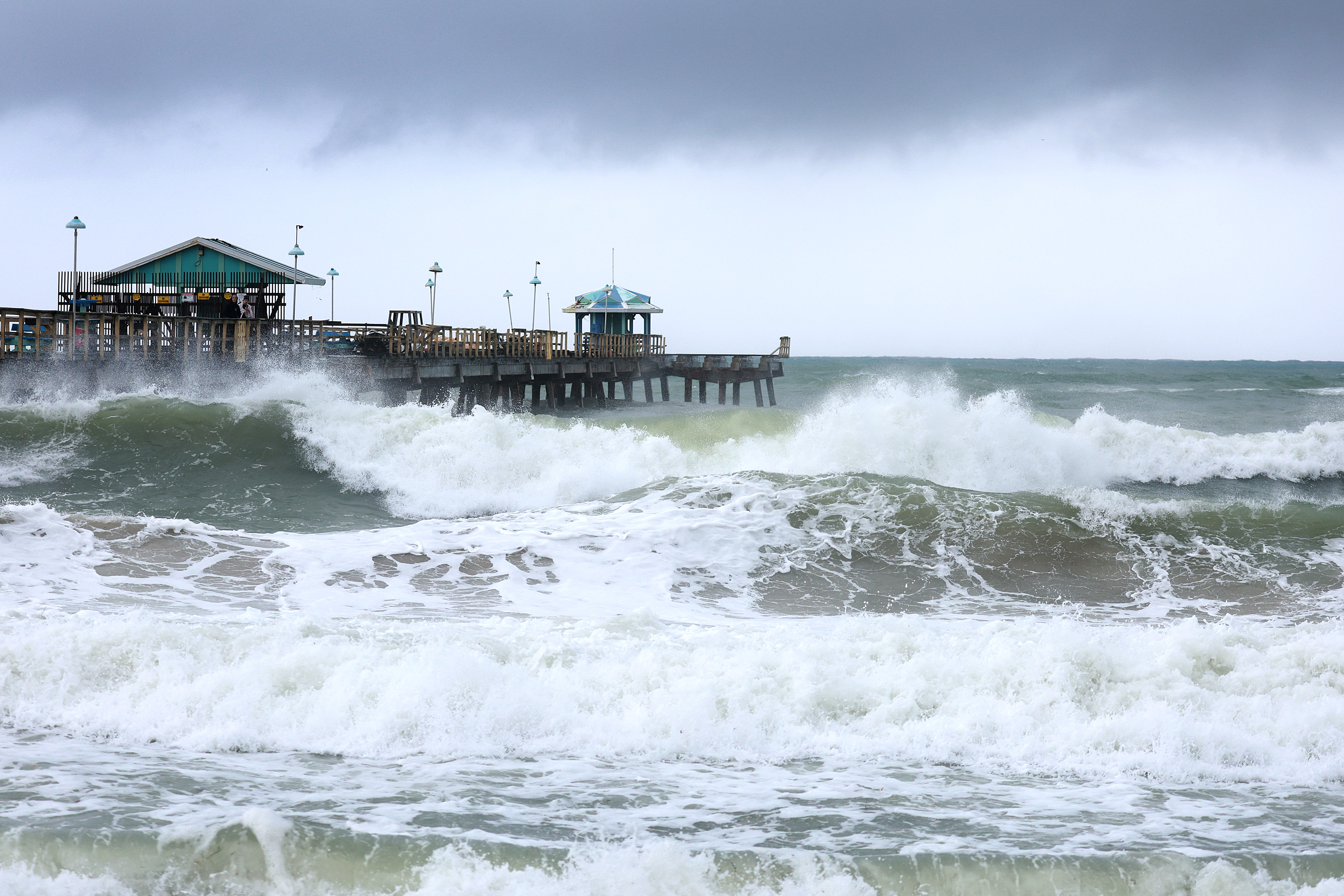Tropical Storm Kirk is expected to intensify into a major hurricane later this week, but its path is shifting northward, moving it further away from the U.S. As of Tuesday morning, Kirk boasts maximum sustained winds of 70 mph, with the National Hurricane Center (NHC) forecasting it to reach hurricane status by Tuesday night and potentially become a major hurricane by Thursday morning. This storm formed in the Atlantic on Monday, following Hurricane Helene, which hit the Big Bend region of Florida last Thursday as a Category 4 storm, packing winds of around 140 mph.
Hurricane Helene caused significant devastation in several Southern and Southeastern states, resulting in over 100 fatalities due to storm surge, fierce winds, and relentless rain that threatened dams and flooded parts of Asheville, North Carolina, according to reports.

Fortunately, Kirk isn’t expected to have the same devastating effects on the U.S. Most computer models indicate a northward turn for the storm. Meteorologist Rizzuto pointed out, “Most guidance shows it turning northwards pretty early,” noting that a major shift in upper-level patterns would be needed for a westward track, so there’s not much to worry about.
The NHC is also closely watching a disturbance trailing Kirk, which has an 80 percent chance of developing in the coming days. However, Rizzuto mentioned that current atmospheric conditions are unlikely to direct it toward the eastern U.S.
While neither Kirk nor the disturbance is anticipated to impact the Eastern Seaboard directly, both could create dangerous rip currents along various U.S. coastlines. Rip current warnings may be issued as soon as this weekend due to shifting beach conditions, even if the storms are hundreds of miles away. The NOAA warns that these currents can lead to dangerous swimming conditions.
Additionally, Rizzuto noted a developing system in Mexico’s Bay of Campeche, which has a 40 percent chance of becoming a tropical storm within the next week. “If we are going to watch anything in the mainland United States, it would be that one,” he concluded.
